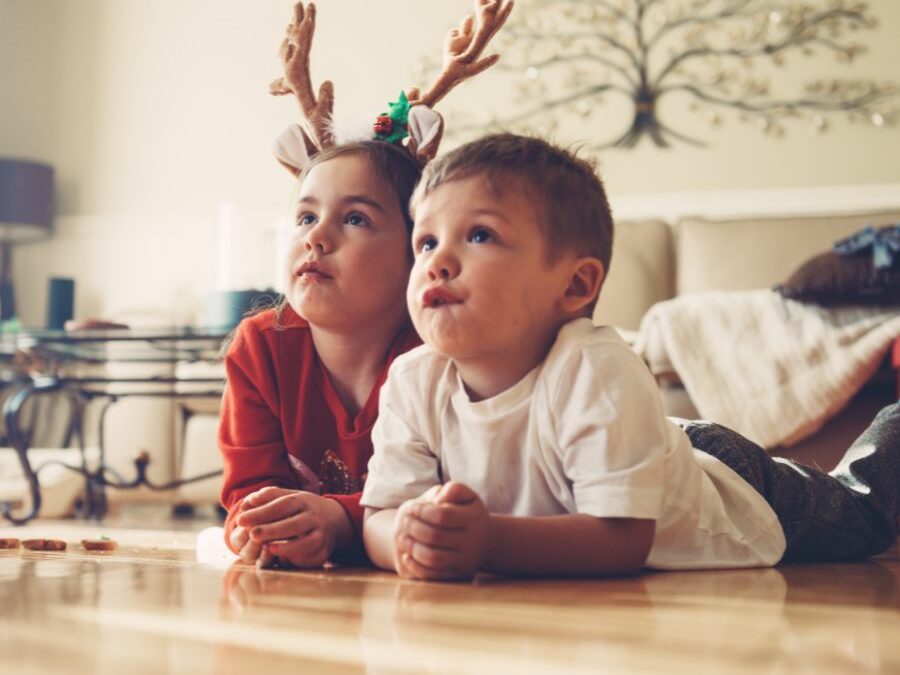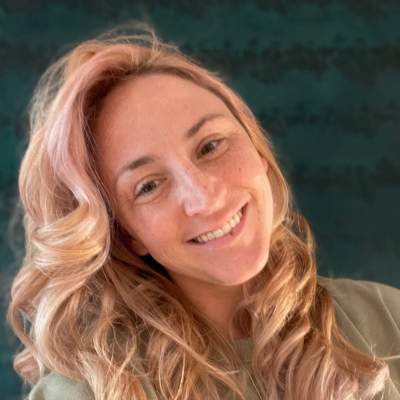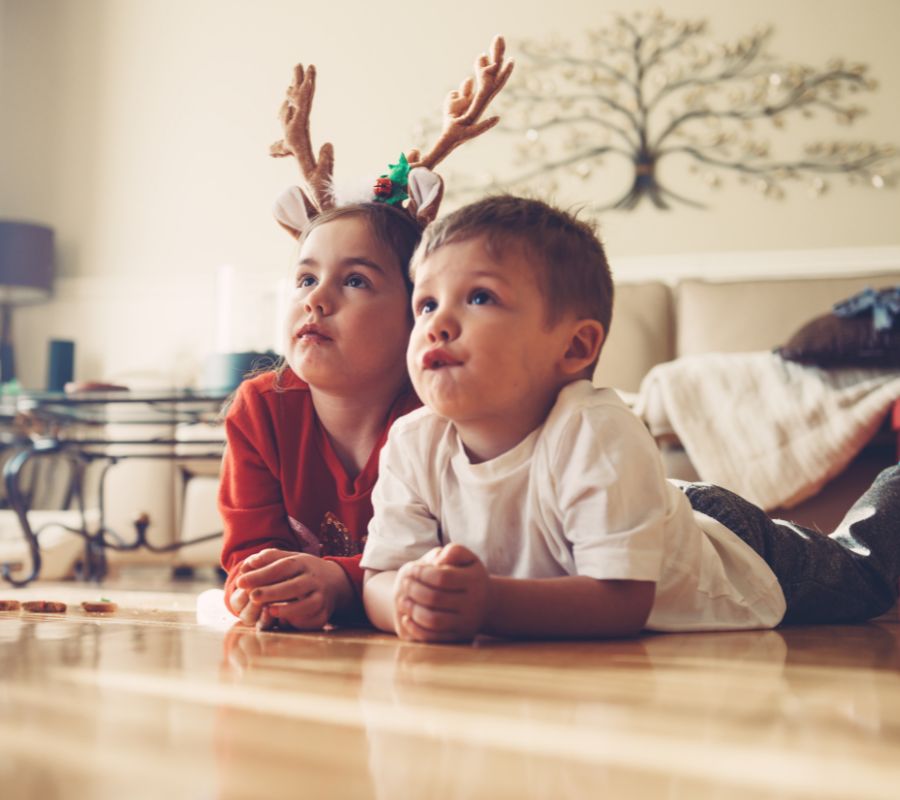
The media holds a lot of power regarding representation and inclusivity. Uncover the issues surrounding disability portrayal in the media, where 95% of roles featuring characters with disabilities are played by able-bodied individuals. Challenge stereotypes and biases ingrained in society by exploring a curated list of TV shows and films that authentically depict characters with disabilities, from early childhood to adulthood. This summer, start open conversations with your kids about diversity, dispelling misconceptions and fostering a more inclusive mindset. From preschool favourites like Play School to thought-provoking documentaries and series for older audiences, let this guide be your gateway to meaningful discussions and positive change.

Watching, reading and hearing about characters that look, sound, and feel just like you in a range of situations is a powerful moment of connection that gives you ideas about your own self-concept. Watching, reading and hearing about characters that are different from you educates you about the world and what other people may be like…
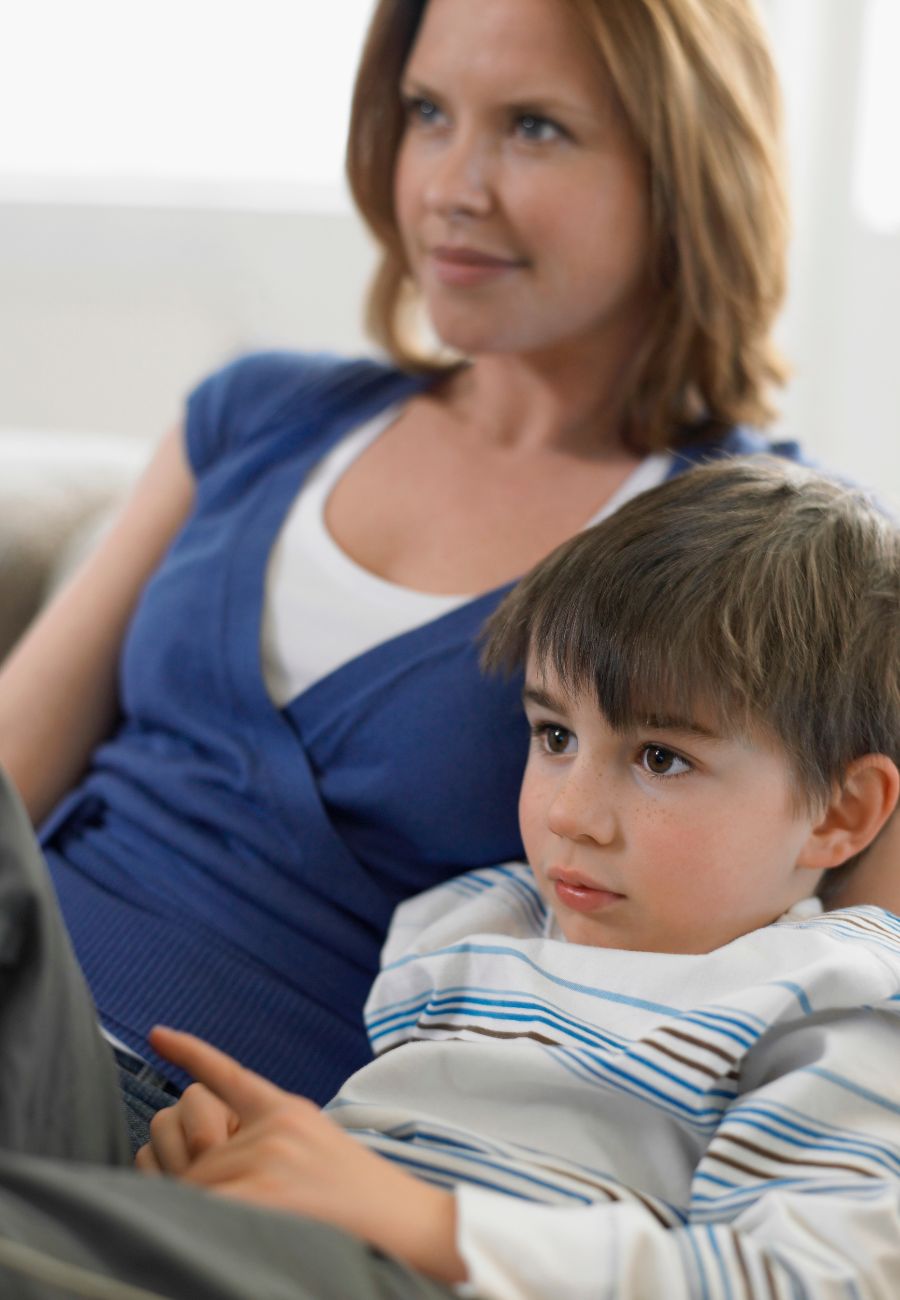
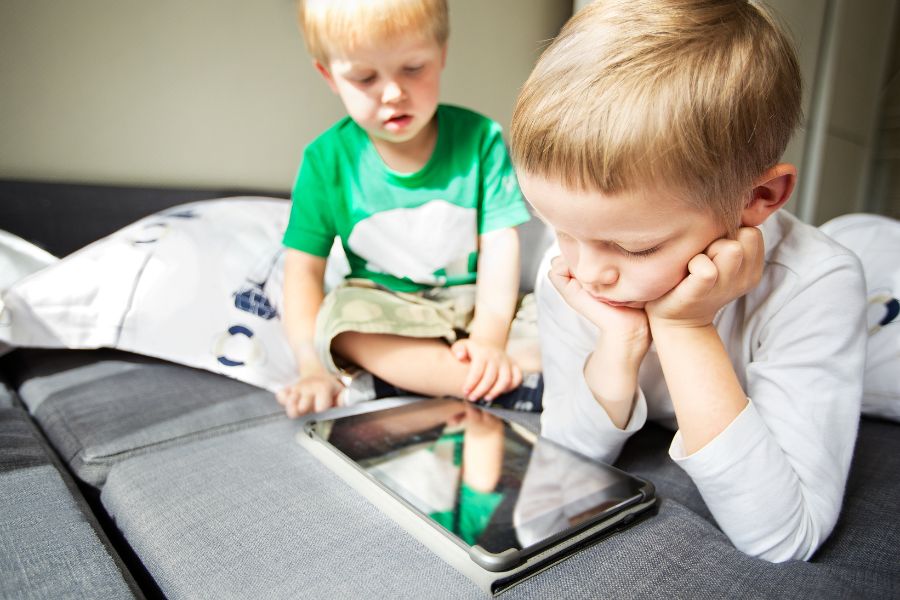
The reality is that one in five Australians live with a disability. So you and your kids are going to be interacting with people with disabilities. Please, please, actively seek out opportunities to have these conversations at home with your kids, so they are not left confused and feeling like disability or neurodiversity is something so shameful that they cannot mention it. Don’t wait to have this conversation in front of a person with a visible difference in appearance or behaviour. Have this conversation now, where you can be clear and direct and not get embarrassed and start shushing your child in future instances.
Assuming you are convinced that seeking out good quality representations of diversity (and for older kids even some bad, because talking about how bad they are can also be useful) is worth it.
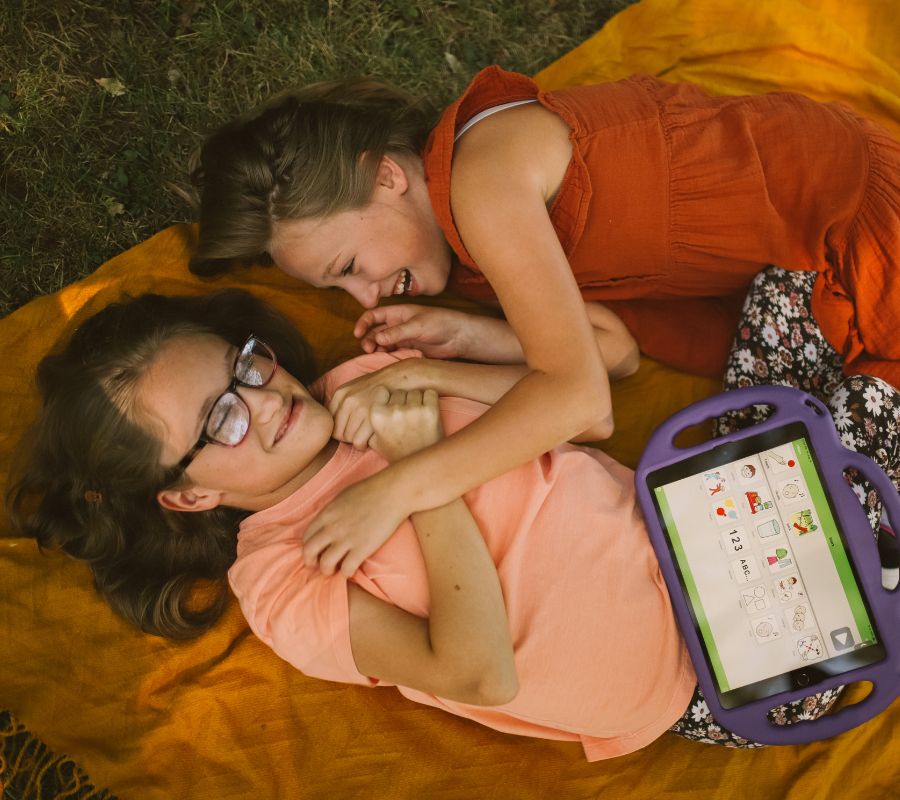
My round-up of some great content to enjoy over the summer together
Early years/preschool:
- Play School – is there a topic Play School doesn’t nail? If there is, I haven’t come across it. Look for guest appearances from Kurt Fearnley and Chloe Hayden, and any episode featuring the incredible talent of host Karina Stamell.
- Sarah and Duck from the British Broadcasting Corporation (BBC) children’s content ‘Ceebeebees’ – There is an excellent episode called ‘Duck Hotel’ which I see as an excellent representation of the social model of disability. I strongly advise watching this with your preschooler and asking questions as simple as, ‘Why doesn’t Sarah seem happy at this hotel?’
- Peppa Pig from the BBC children’s content ‘Ceebeebees’ – Mandy Mouse is a character who uses a wheelchair. I don’t love the way she is represented but it’s worth watching and talking about.
- Daniel Tiger from PBS – Chrissy is a character who uses crutches to assist her walk. When Daniel gets a bit too worried and helpful toward Chrissy, Chrissy simply points out that she can do things her own way, the ‘Chrissy way.’ Chrissy does an excellent job self-advocating and thanks Daniel for his care, but also states her boundaries and challenges his assumptions. Absolute gold! Often on ABC iView, or look for it on one of the many Australian streaming services.
- Emma Memma – Everyone’s favourite Wiggle has gone out on her own and really leaned into her love of Auslan. Follow her on YouTube Kids or buy her books in every good children’s bookshop.
- Sally and Possum – The first children’s show that was created in Auslan as the primary language. Check it out on ABC iview.
- Thomas and Friends: All Engines Go! – Available on Netflix and clips available on YouTube Kids. Bruno, the new character is autistic and voiced by an autistic actor.
Early primary school (all the above in addition to the following):
- El Deafo – On Apple TV, this was based on the graphic novel of the same name, by Cece Bell. This chronicles her experiences growing up as a child with acquired deafness due to illness in 1980s America. The great aspect of watching the three-part mini-series is the way that the creators have cleverly manipulated the audio to give the audience the same access to sound as Cece.
- Same But Different ABC iview – short documentary portraits of primary school-aged children with a range of disabilities, learning differences and medical conditions, all aimed at giving insight into their lives for primary school-aged children. Of course, being focused on mainly male characters and trains it does lean into some of the stereotypes of autism. That said, if you have a neurodiverse child who likes vehicles, the opportunity for them to see a ‘Thomas train’ that experiences the world the way they do (and even flaps to show his joy) is quite wonderful.
Upper primary school/ early high school:
- El Deafo – On Apple TV this was based on the graphic novel of the same name, by Cece Bell. This chronicles her experiences growing up as a child with acquired deafness due to illness in 1980s America. The great aspect of watching the 3 part mini-series is the way that the creators have cleverly manipulated the audio to give the audience the same access to sound as Cece.
- What It’s Like on ABC iview- Particularly episodes, ‘Having Down Syndrome’ and ‘Living on the Autism Spectrum’. This is a children’s version of ‘You Can’t Ask That.’ There are children with a range of life experiences answering questions about what their life is like.
- DisRupted series of short films on ABC iview – These are great short films that feature actors with a range of disabilities as main characters. Highly recommended.
Upper high school:
- Heartbreak High – The juggernaut that is the Heartbreak High reboot is probably not something I need to alert you to. Chloe Hayden is something of a superstar at this point, highlighting the plight of underdiagnosed autistic young women. Her book is also excellent, neurodiversity-affirming and highly recommended for upper-primary school ages through to late teens, even adults.
- You Can’t Ask That on ABC iview – Frank, honest discussions about all kinds of topics. Definitely to be watched alongside a trusted adult to discuss with.
- CODA on Apple TV – A beautiful film that features American Sign Language throughout.
- The Last Leg on ABC iview – A fun, easy-watching panel show that rounds up the week of British politics featuring two hosts, Adam Hills and Alex Brooker, both with physical disability.
- Atypical on Netflix – the first season came out in 2017, making this practically retro. It’s an interesting watch though. The first season, though clearly researched, but lacking autistic voices, received a huge amount of criticism from the autistic community for not featuring authentic casting or ‘own voices’ writers. The second season tried to remedy this with a greater number of #actuallyautistic actors and writers. It’s definitely worth checking out and discussing particularly with your teens about the accuracy and inaccuracies of representation in this series.
Adults:
- Latecomers on SBS on demand – A hilarious, groundbreaking comedy series written by the formidable Hannah Diviney. It’s a 20-something, coming-of-age story about exploring your sexuality, full of witty humour, hilarious antics and a heap of heartwarming realness. It also gives the two main (disabled) characters the opportunity to be three-dimensional, sexual characters. It is so, so, so good.
- Then Barbara Met Alan, film on Netflix – The untold disability civil-rights love story of two cabaret performers, Barbara and Alan, who met at a gig, fell in love and became the driving force behind an unprecedented campaign of direct action that ultimately led to the passing of the Disability Discrimination Act (1995).
- Cha Cha Real Smooth on Apple TV- This is by no means a perfect representation of autism but the fact that the autistic character is both female and has a positive relationship with her mother and is not shone in the light of ‘a burden’ is a refreshing change to most portrayals of autism in the media.
- There she goes – BBC – Available to stream on Binge. This family drama-edy features the life of a British family raising a daughter who has an intellectual disability and is primarily non-speaking. While not everyone loves this show, the one thing I enjoyed about it was the profound unpreparedness that the parents exhibited. Sometimes being a parent to a child with a disability, parents of children without disabilities assume you have some kind of ‘super-human parent skills’ that uniquely qualify you for the task of raising humans in a world that wasn’t built for them. It is rare and refreshing to see this family learning on the job and often making an utter mess of it. It does lean a little hard into the ‘tragedy’ side of things at times, which is understandable, but they do remember how to laugh and enjoy themselves at times too. The humour of having a quirky family is often sadly invisible to onlookers, and the deep, ‘in the knowing’ humour of Amazon parcels mysteriously arriving due to forgetting to turn off the ‘one-click to buy’ option was straight out of my daily experiences.
Whatever you watch this summer, remember to talk about it with your kids. Open, frank discussions about the way that disability and neurodiversity are represented in the media, what is done well and what is done poorly, will ultimately lead to helping you to identify your own biases. It is only when we fully recognise the underlying beliefs that we have buried within us that we can start to examine and unpack them and see what might need to be challenged. Remember, change starts with you. Also, don’t forget to recommend these to your friends and family who might not have as much first-hand interaction with disability. Anti-ableism is the work of everyone, not just people with disabilities and their families. Happy chilling! Love, Holly.
21 DECEMBER 2023
WRITTEN BY HOLLY KARTEN
ND PARENT | EDUCATOR

